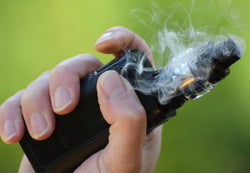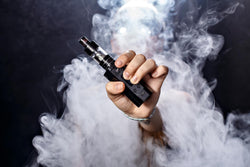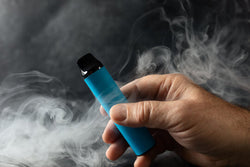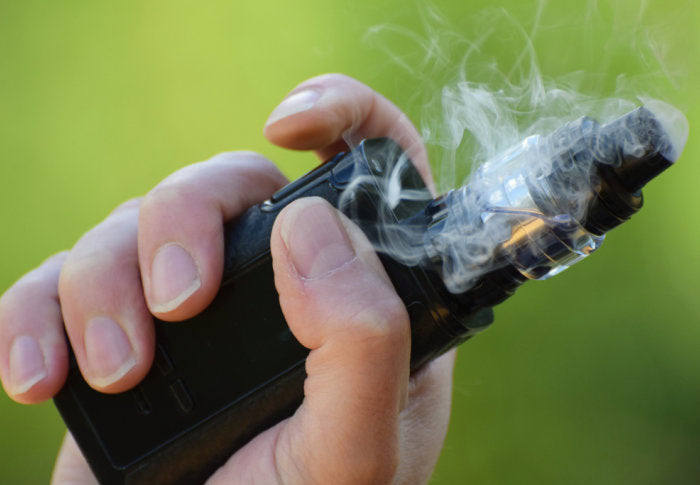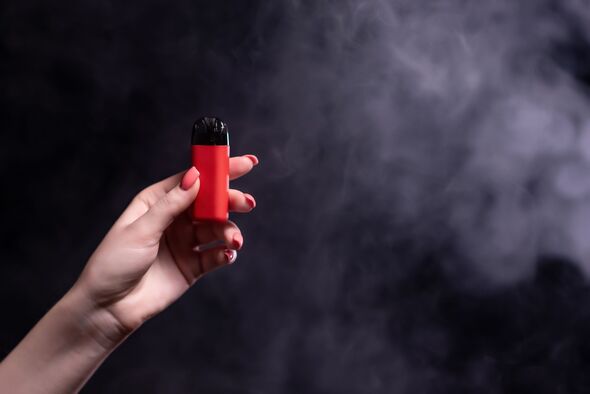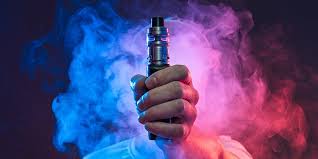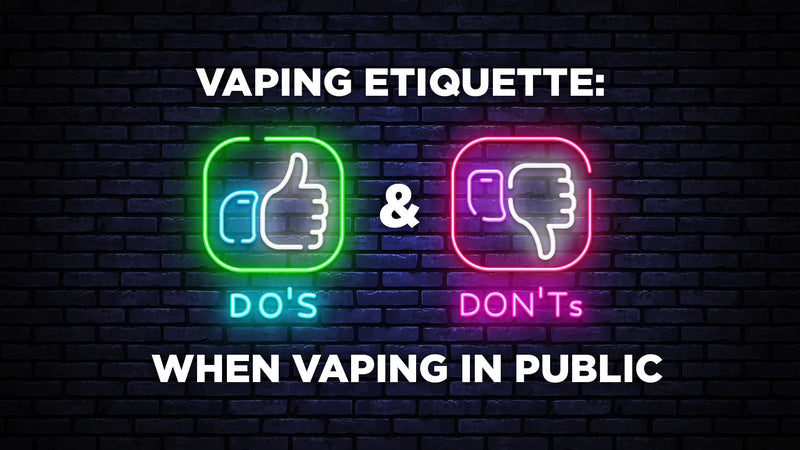

Many regular smokers have moved from smoking traditional cigarettes to vaping. Since the inception of the vaping culture, there has been ongoing discussion on how it affects the body, the amount of nicotine it contains, whether it can undo the harm caused by smoking, and other topics. Although there were conflicting opinions regarding vaping on the internet, people quickly picked up on all the fallacies around vaping and e-cigarettes. The sudden emergence of irrational reviews about the usage of technologically advanced vapes and e-cigarettes was caused by a lack of reliable information. This blog's primary aim is to explain the three biggest misunderstandings about vaping that are currently spreading across the internet. Shall we get started?
1) TOXIC SUBSTANCES AND HEAVY METAL ARE CONTAINED IN VAPING
John Hopkin's research aimed to show that the fumes from e-cigarettes were loaded with dangerous metals that are deadly not just for the user's health but also for those nearby because passive smoking can be just as deadly. However, a straightforward survey showed that respondents had a poor understanding of the full vaping concept. The fear of vaping among customers was heightened by headlines like "Toxins and metals are like kryptonite to consumers. "Later, it was shown that Hopkin's study employed an incorrect approach in order to arrive at such conclusions, and as a result, one would have to vape an excessive amount of e-juice every day in order to reach the highest level of aluminium toxicity.
2) PEANUT LUNGS
Due to constant exposure to goods with high nicotine content, popcorn lungs is a terrifying health disease that harms the smallest airways in the lungs and makes breathing extremely difficult. This condition is known medically as bronchiolitis obliterans. Doesn't that seem deadly and ominous? The amount of diacetyl in cigarette smoke is significantly higher than what was found in the diacetyl-containing e-juices. There have been ongoing efforts to remove that chemical from e-juices as a result of these recent stories. Even , which is regarded as one of the vaping-friendliest nations, it is prohibited. There are several fantastic diacetyl-free choices on the market if popcorn lung is one of your main objections to purchasing a vaporizer. However, since there is no link between vaping and popcorn lung, there haven't been any cases of the condition documented. Diacetyl is also present in a variety of foods, including cheese, coffee, vinegar, milk, whiskey, and wine.
- THE ANTIFREEZE MYTH
One of the most pervasive misconceptions about vaping is that because propylene glycol is present, e-juices actually contain anti-freeze (PG). This substance, which is in the same chemical family as alcohol, is also present in toothpaste, soft drinks, bread, dairy products, drink mixes, fast food, dressings, prepackaged foods, condiments, ice cream, candies, cosmetics, hygiene products, hygiene products, toothpaste, and various other products.
Sadly, ethylene glycol, the main component of anti-freeze, is sometimes mistaken for the dangerous propylene glycol. Propylene Glycol is used to create non-toxic antifreezes. Therefore, theoretically, PG must exist in anti-freeze. The only reason to utilise this component is that it is risk-free and particularly helpful in situations where utilising hazardous ethylene glycol would not be appropriate, such as the cooling systems of food processing equipment. Before purchasing vapes or e-cigarettes, it is advisable to verify the veracity of any such statements you come across. Only then should you move forward with the purchase.


